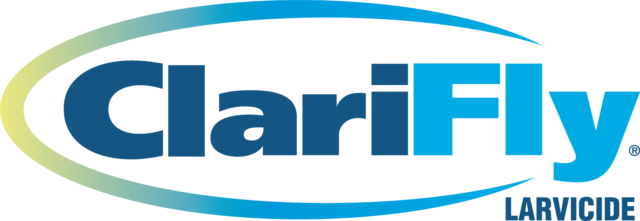On the list of situations that cause us negative stress, or distress, are financial problems and work difficulties. While these are situations to which most, if not all, adults can relate, perhaps it’s more relevant to consider those situations that cause distress among producers of animals and crops.
According to a survey by the Farm Bureau, when asked to respond to the following question, “Based on what you know, how much do you think each of the following impacts the mental health of farmers?” a strong majority of farmers/farmworkers reported that financial issues (91%), fear of losing the farm (87%) and farm or business problems (88%) had the greatest impact on the mental health of farmers.
Wouldn’t it be great to believe there are choices that can be made on-farm which would demonstrably improve your financial situations, reduce your problems and improve your confidence in keeping the farm for your children and grandchildren? Choices that, in short, result in the production of normal feed and normal animals, and gave you back a normal life?
If you’re a dairy farmer then growing forages, especially corn, is an essential part of the job. Sowing the seeds and reaping the benefits are responsibilities that can never be taken lightly. We would suggest one of the most important considerations is the method used to ensure all harvested crops are ensiled correctly, go through a controlled fermentation and are subsequently available as a good source of nutrition for your dairy herd. The following would all be functional characteristics of “normal feed:”
- Preserved nutrients with little to no spoilage
- Available to feed shortly after ensiling
- Aerobically stable, immediately prior to and during feeding
- Uniform throughout the pile, pit or silo
- “Clean” with little to no performance-limiting contaminants
- Good-looking, good-smelling and desirable to the animals
The likelihood of producing normal feed is absolutely dependent upon the choices made when harvesting and ensiling. To increase the likelihood of success, crops should be harvested at the ideal maturity and moisture, should be treated with a science-based, research-proven inoculant to drive a properly controlled fermentation and should be packed in a manner that minimizes exposure to oxygen. What would feel better than seeing a stable and visibly beautiful drive-over pile of corn silage at seven days after harvest? If producing normal feed is an attractive outcome, then choosing the right inoculant is essential.
There is a large and continuously growing body of evidence that effective probiotics support all of the normal functions of the gastrointestinal (GI) tract, including digestive, absorptive, barrier and immune functions. All humans, from premature infants in neonatal intensive care units through to the elderly, would benefit from the daily ingestion of effective probiotics. All production animals, from birth to departure, would benefit from the daily ingestion of effective probiotics.
Effective probiotics increase the likelihood of us and the animals in our care being normal and reaching our true potential. Turning again to dairy cows as an example, the following would be the functional characteristics of “normal”:
- Cows that eat, drink and produce expected amounts of milk
- Cows that conceive, calve and recover in a timely manner
- Cows with a well-functioning, stable rumen
- Cows with a well-functioning, stable post-rumen GI tract
- Cows that get what they need from their feed
- Cows that produce unremarkable manure
As a dairy farmer, what would feel better than an entire herd of normal cows? Having a high percentage of normal cows is certainly dependent on many factors, including the availability of normal feed and good management systems and practices that limit stressors in the environment. The value of using an effective probiotic is to increase the likelihood of individual animals getting what they need from their feed. This gives them the greatest chance of allocating those resources for immune-mediated defense, maintenance of energy balance, growing a calf or putting milk in their udder – that is to say, behaving like normal cows.
Effective probiotic products contain a combination of strains of microorganisms that function across a wide range of modes of action within the ingested feed and throughout the rumen and post-rumen intestinal tract. As stated above, these modes of action support all normal GI functions: digestion, absorption, protection and immunity.
We contend that having normal feed available for your animals and a high percentage of normal animals in your herd would positively impact your peace of mind and significantly reduce perceived and real stress. While we can always provide myriad return on investment calculations based on the commonly measured variables of our industry, we’re at a loss for what value we should assign to a good night’s sleep or the time spent at the ballgame with the family. Perhaps a normal life is simply invaluable.
Contact one of our representatives to learn how our products and services support normal: normal feed, normal animals and normal life.
Dr. Keith A. Bryan is a technical services manager, ruminant DFM and silage inoculants, with Chr. Hansen Animal Health & Nutrition. David Ledgerwood is a technical service manager for silage inoculants and cattle probiotics with Chr. Hansen Animal Health & Nutrition. Dr. Steve Lerner is head of marketing and product management with Chr. Hansen Animal Health & Nutrition.








